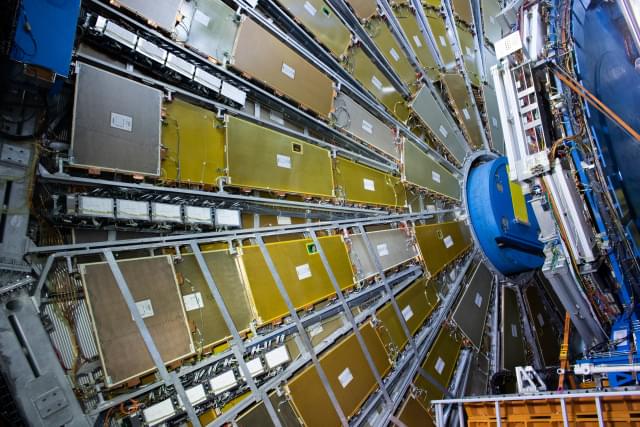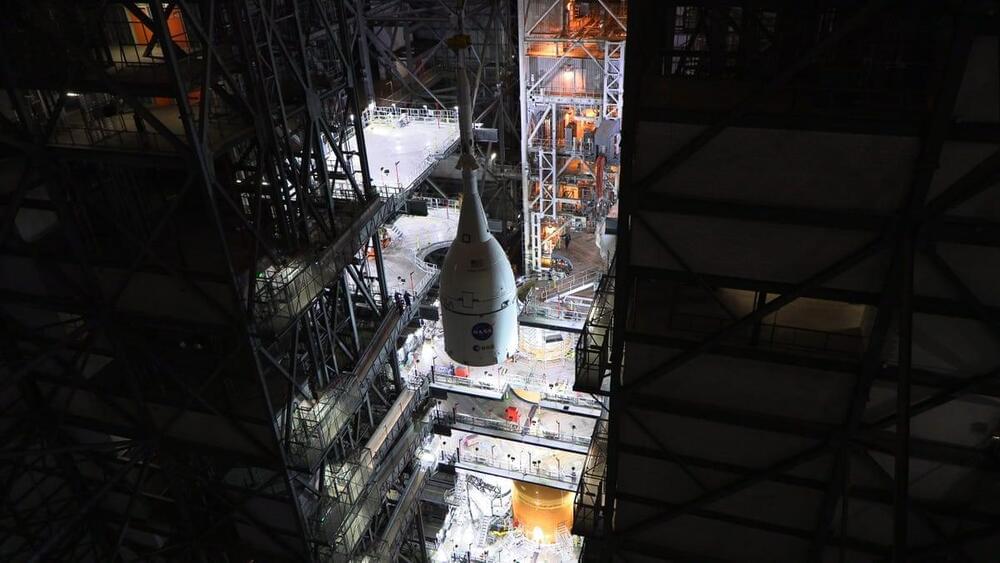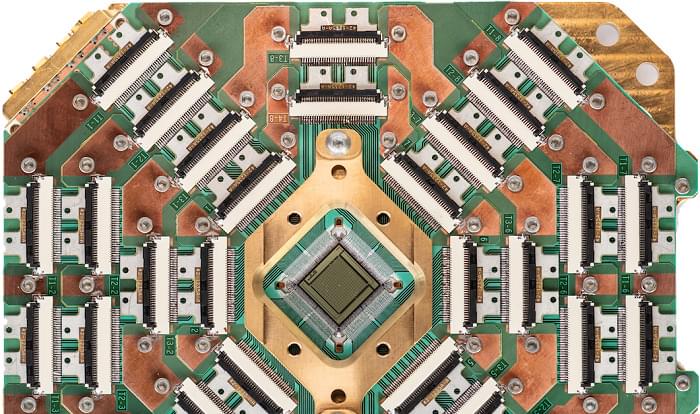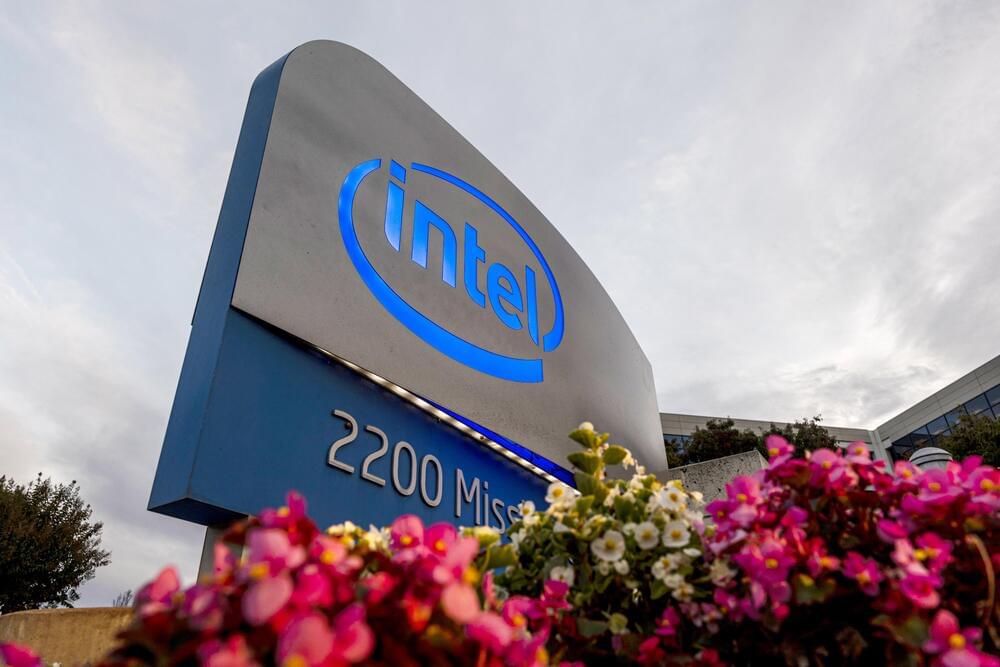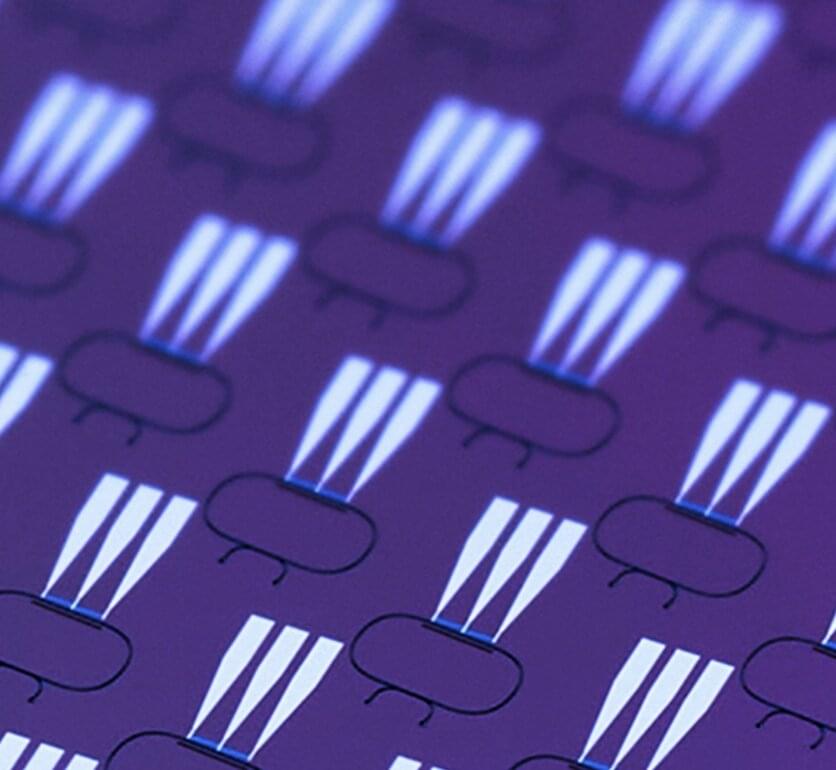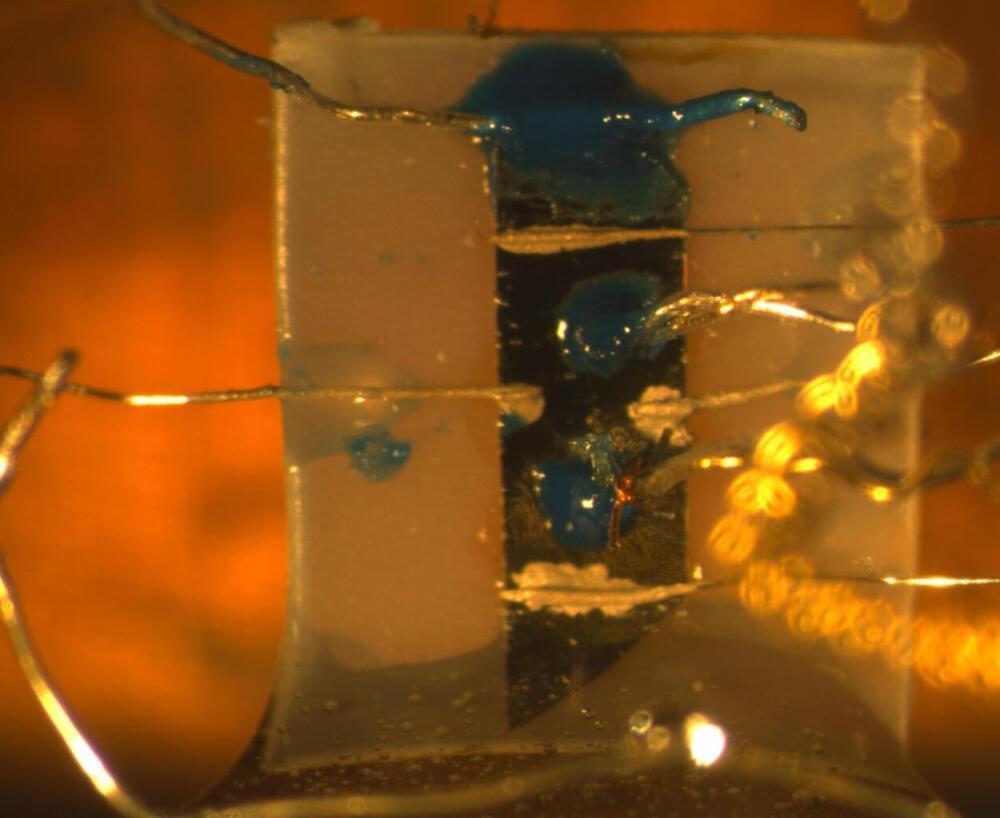The ATLAS collaboration is breathing new life into its LHC Run 2 dataset, recorded from 2015 to 2018. Physicists will be reprocessing the entire dataset – nearly 18 PB of collision data – using an updated version of the ATLAS offline analysis software (Athena). Not only will this improve ATLAS physics measurements and searches, it will also position the collaboration well for the upcoming challenges of Run 3 and beyond.
Athena converts raw signals recorded by the ATLAS experiment into more simplified datasets for physicists to study. Its new-and-improved version has been in development for several years and includes multi-threading capabilities, more complex physics-analysis functions and improved memory consumption.
“Our aim was to significantly reduce the amount of memory needed to run the software, widen the types of physics analyses it could do and – most critically – allow current and future ATLAS datasets to be analysed together,” says Zach Marshall, ATLAS Computing Coordinator. “These improvements are a key part of our preparations for future high-intensity operations of the LHC – in particular the High-Luminosity LHC (HL-LHC) run beginning around 2,028 which will see ATLAS’s computing resources in extremely high demand.”
